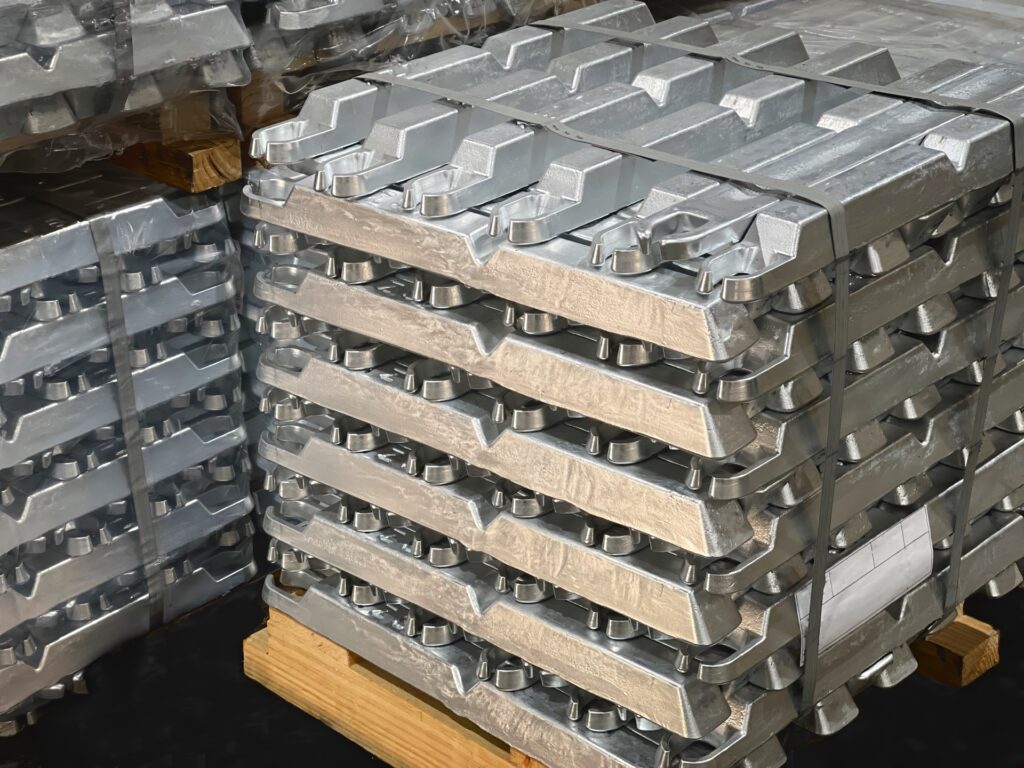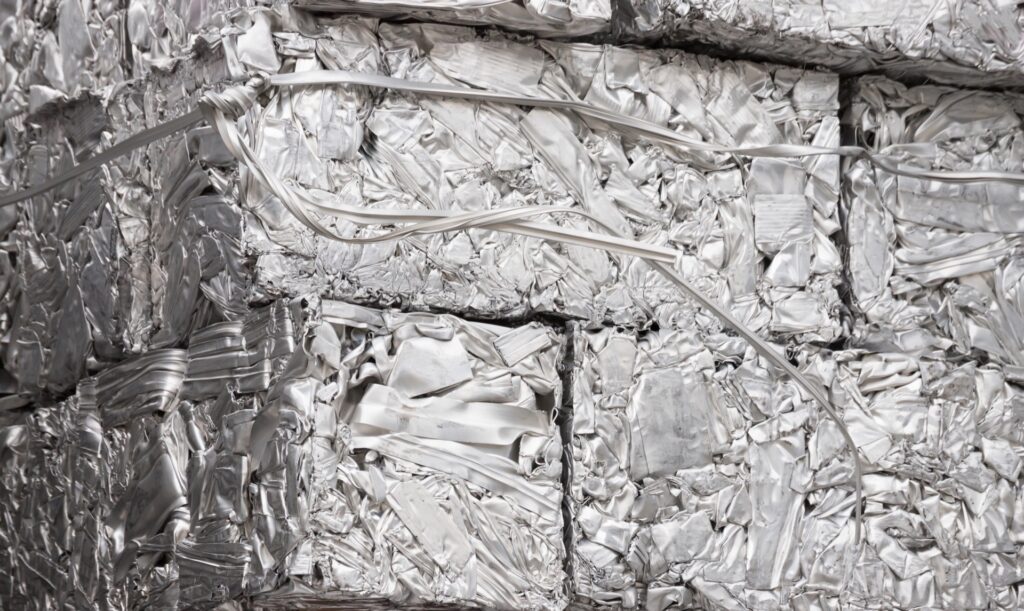Few materials are recycled in abundance as much as aluminum. Not only have public campaigns around recycling aluminum products like aluminum cans been highly effective in Canada, but they’ve also been incredibly effective around the world too. In fact, they are the most recycled container around the world with an average recycling rate of 69%.
Although that number is amazing, it’s still crucial to keep recycling aluminum as well. Below, we detail why that is, and how recycled aluminum gets put back into products you use every day.
Why It’s Important to Recycle Aluminum
It’s well known that aluminum is highly versatile and is used in a wide range of applications. This is due to its many beneficial properties including its high thermal conductivity, high resistance to corrosion, its ability to be easily cast, machined, bent, welded, tapered, and alloyed, and the fact that it can be endlessly recycled with degradation.
With that in mind, it still takes a lot of work to actually make aluminum. The process of making aluminum involves a lot of mining, refining, and smelting. Each of these steps emits a lot of pollution—whether it’s the exhaust from the mining machines or the smoke from the smelting process. Every time new aluminum needs to be made, it creates significant pollution so it’s important to reduce the amount of new aluminum that’s made.
Plus, as we mentioned previously, aluminum can be recycled endlessly without degradation. This means it’s infinitely reusable as there is no loss of quality once the recycling process is finished. Because of this, the more aluminum that can be recycled, the lower the negative impact on the environment.
How Is Aluminum Recycled?
The process of recycling aluminum typically involves 7 steps:
- Sorting: after arriving at a recycling center aluminum is sorted out accordingly.
- Shredding: aluminum is taken to a reprocessing plant and cut or shredded into small pieces.
- Cleaning: the shredded aluminum is scrubbed cleaned and treated with chemicals to prepare it for getting melted down.
- Melting: aluminum is loaded in bales that are put into furnaces that reach 750℃ to melt down the aluminum.
- Byproduct removal: the melted aluminum is purified either mechanically or chemically.
- Creating alloy: aluminum alloy is created from purified aluminum and other metals.
- Compounding: melted aluminum alloy is made into ingots to be sent out for use in manufacturing.
How Recycled Aluminum Is Used
In most cases, recycled aluminum simply goes back to being used to make the product or item it was melted down from. Aluminum cans are made back into new aluminum cans, aluminum plane parts are made back into aluminum plane parts, and so on.
Overall, recycling aluminum is not only benefits the environment but also reduces the need to make more new aluminum as well.

